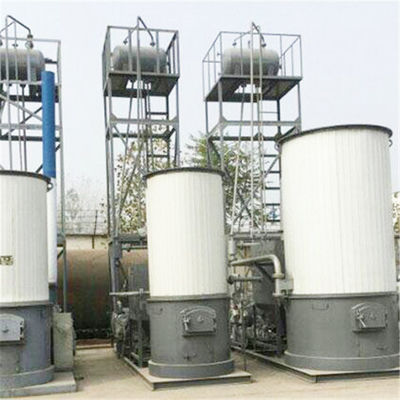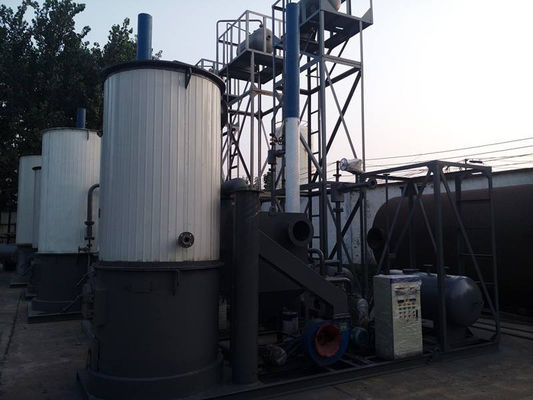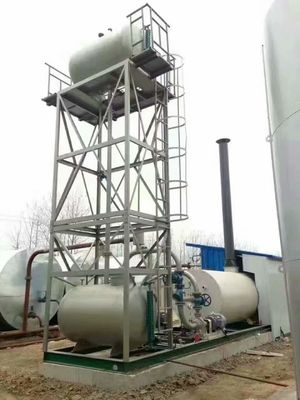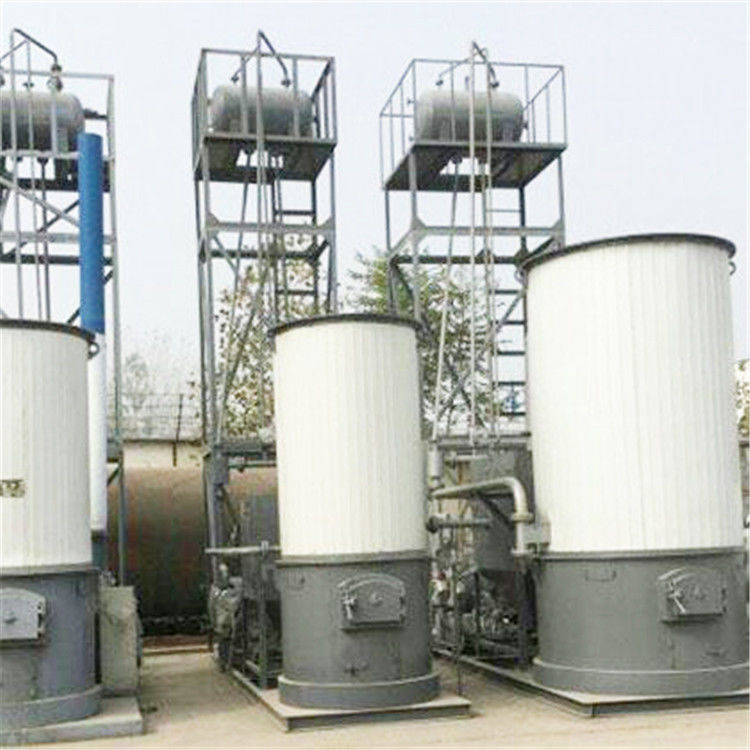Vertical And Horizontal Furnace Types Thermal Oil Boiler For Biomass Pellet Fuel
Product Details:
| Place of Origin: | Henan, China |
| Brand Name: | TAIGUO |
| Certification: | CE、EAC、SGS |
| Model Number: | YGL |
Payment & Shipping Terms:
| Minimum Order Quantity: | 1 |
|---|---|
| Price: | US $3000.00-9000.00 |
| Packaging Details: | Bulk, packaged |
| Delivery Time: | 20-30 working days |
| Payment Terms: | L/C, T/T, Western Union |
| Supply Ability: | 100set |
|
Detail Information |
|||
| Product Name: | Organic Heat Carrier Boiler | Boiler Type: | Thermal Oil Furnace |
|---|---|---|---|
| Structural Form: | Vertical Type | Medium Outlet T Emperature: | ≤350 |
| Fuel: | Biomass Pellets, Wood Chips, Coal, Etc. | ||
| Highlight: | Biomass Pellet Fuel Thermal Oil Boiler,Vertical Furnace Thermal Oil Boiler,Horizontal Furnace Thermal Oil Boiler |
||
Product Description
Product Introduction:
YGL series coal-fired and biomass thermal oil boilers are vertical structures, with manual loading, equipped with blowers and induced draft fans for mechanical ventilation, and equipped with slag dischargers for mechanical slag discharge. During operation, the fuel falls on the grate for combustion, and the high-temperature flue gas is reflected to the front of the furnace through the rear arch and enters the furnace. After the radiation heat exchange on the radiation heating surface, it enters the convection heating surface for convection heat exchange, and then leads to the waste heat boiler/air preheater, and finally enters the dust collector. After dust removal, the flue gas is drawn by the induced draft fan and discharged to the atmosphere through the chimney.
Product Advantages:
1. High temperature and low pressure, able to obtain higher working temperature at lower operating pressure. The pressure-bearing conditions of thermal equipment can be greatly reduced, reducing equipment costs.
2. It has reasonable structure, advanced technology, small floor space, small appearance and volume, beautiful appearance, easy management, high thermal efficiency, significant energy saving effect and economic benefit. The furnace types are vertical and horizontal.
3. The temperature adjustment is accurate and reliable, equipped with complete operation control and safety monitoring devices, with a high degree of automation and low labor intensity for workers.
Process:
The heating system of the organic heat carrier furnace can be designed with different process flows according to actual conditions. This process flow consists of:
(1) Oil injection: Inject heat transfer oil into the system. The oil source is provided by the outside or the oil storage tank.
(2) Main circulation: After the heat carrier heating oil furnace obtains heat energy, it supplies heat to the heat-using equipment. It consists of a circulating oil pump, a hot oil furnace, heat-using equipment, an oil-gas separator, a filter and its connecting pipes and valves.
(3) Cold oil replacement: In case of emergency shutdown or power outage, in order to prevent the heat transfer oil in the furnace tube from overheating, the cold oil replacement valve on the cold oil pipeline should be opened immediately. The static pressure head of the expansion tank is used to replace the high-temperature heat transfer oil in the furnace and discharge it into the oil storage tank. This system consists of an expansion tank, an oil-gas separator, a filter, a circulating pump, a hot oil furnace, a replacement valve and its connecting pipes.
(4) Overflow, exhaust, the excess oil in the expansion tank automatically flows into the oil storage tank and the expansion tank through the overflow pipe, and the gas in the oil storage tank is respectively discharged to the safe area through the vent pipe.
(5) Temperature, pressure and differential pressure display. Indicates the circulation of heat transfer oil in the system and reflects whether the heating system is operating normally.
(6) Auxiliary exhaust: When the heat transfer oil is in the initial dehydration stage and the gas volume is large, auxiliary exhaust can be carried out through the auxiliary exhaust valve and pipeline. At this time, the vent pipe valve on the expansion tank should be closed to prevent the heat transfer oil from being washed away by the gas and spraying out from the vent pipe. When the heating furnace is working normally, close the auxiliary valve and open the vent pipe valve. The trace gas generated in the system is discharged through the oil-gas separator and the exhaust pipe.
(7) Bypass: When stopping the heat supply to the heat-consuming equipment, open the bypass valve to play a bypass circulation role. When working normally, close the bypass valve, and the expansion pipe plays the role of thermal expansion overflow and automatic compensation of the heat transfer oil.
Technical Parameters:
| Name Model |
YGL- 120MA | YGL-240MA | YGL-350MA | YGL-500MA | YGL-700MA | YGL- 1000MA | YGL- 1200MA | YGL- 1400MA |
| Rated power(kw) |
120 | 240 | 350 | 500 | 700 | 1000 | 1200 | 1400 |
| Thermal Efficiency (%) |
75 |
|||||||
| Design Pressure (Mpa) |
1.1 |
|||||||
| Rated Working Pressure (Mpa) |
0.8 |
|||||||
| Highest Working Temperature (C) | <350 |
|||||||
| Furnace oil Volum(m3/h) |
0.1 |
0.15 |
0.3 |
0.38 |
0.52 |
0.7 |
0.85 |
1.02 |
| Circulation oin volume (m3/h) |
10 |
20 |
30 |
40 |
60 |
80 |
100 |
100 |
| Pipe connection diameter (DN) |
40 |
65 |
80 |
80 |
100 |
125 |
125 |
125 |
| Overall Size ( mm ) |
1220* 1140* 2550 |
1705* 1510* 3095 |
1873* 1683* 3358 |
2076* 1900* 3660 |
2276* 2100* 3840 |
2900* 2500* 4785 |
2900* 2500* 5133 |
3000* 2900* 5430 |
| Reference Weihght (t) |
2.2 |
2.7 |
3.4 |
3.9 |
4.8 |
7.4 |
8.0 |
10.2 |
Products:
![]()
![]()








